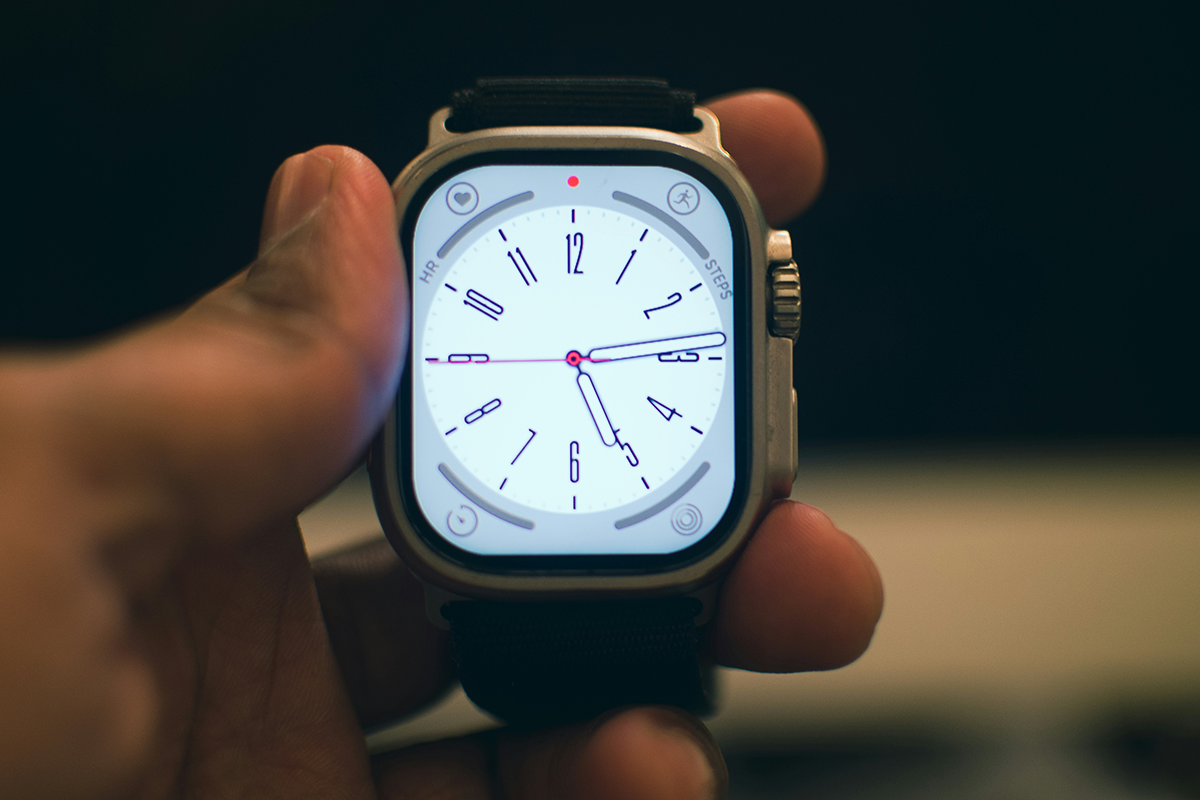Stuck, Scrolling, and Looking for Digital Overwhelm Solutions
If a digital detox sounds like climbing a mountain in flip flops, you’re likely in the stuck zone—low motivation, low confidence, and high fatigue. The phone feels glued to your hand, yet every swipe leaves you emptier. Good news: you don’t need heroic willpower. Tiny sparks of success can still reignite your “why.” Let’s walk through research backed, self compassionate steps to move from stuck to started with digital overwhelm solutions.
1. Understand Why “Stuck” Happens
Past failed attempts? Benefits feel abstract? The Offline Pivot Matrix labels this quadrant simply to show you need emotional reset and value realignment. Continuous connectivity fuels stress and resignation—classic digital overwhelm (APA, 2017). Naming your state removes shame and opens space for curiosity.
2. Uncover a Hidden “Why”
What is your motivation for analyzing your digital overwhelm? Identify your motivation aka your “why.” Recall pre scroll joys: board games, sketching, unhurried chats. Ask, “If one small win were possible, what would I want most?” Writing that single hope turns vague desire into a guidepost (Syvertsen & Enli, 2019).
3. Tame Negative Self Talk Triggers
The inner critic whispers, “I always fail.” Label it: “That’s my ‘never follow through’ voice.” Then fact check: Is that 100% true? Re frame: “I haven’t succeeded yet—but I can test one tiny step.” Naming + reframing disrupts the rumination loop.
4. Build Momentum, Micro Style Digital Stress Solutions
Big leaps overwhelm; micro moves spark confidence. Think scaled & SMART momentum builders:
- Power off pause: phone off for five minutes at 3 p.m.—track the clock, celebrate.
- Room rules: leave your phone outside the bathroom or bedroom tonight.
- One page pact: read one printed page before the nightly scroll temptation.
Each win proves change is possible and chips away at stuckness.
5. Expect (and Defuse) Negative Self Talk
Thoughts like “this is pointless” will surface. Treat them as passing clouds—observe, label, and gently return attention to your micro task. Over time, mindful ignoring reduces their power (Formica, 2015).
6. Compare Digital Overwhelm vs. Offline Feelings
Draw two quick columns: Digital Life (neck pain? quick entertainment?) vs. Offline Life (socializing? relaxed?). Even noticing one positive offline feeling can rekindle motivation and clarify goals.
Key Takeaways
- Digital overwhelm solutions start with acceptance, not judgment.
- A tiny why + micro actions = achievable momentum builders.
- Spot and reframe negative self talk triggers to keep progress alive.
- Small offline joys reinforce your reason to continue.
Next Steps — Technology Stress Solutions
Choose one micro move for today—perhaps five minutes with your phone off or reading a single printed page—then log how you feel afterward, treating it as data rather than judgment. Celebrate the win by telling a friend or jotting a quick “I did it!” Repeat the exercise tomorrow, adding another gentle nudge only if the first step felt doable. Even the tiniest action propels you forward, proving that “stuck” isn’t permanent.
References
- American Psychological Association. (2017). Stress in America: Coping with change. https://www.apa.org/news/press/releases/stress/2016/coping-with-change.pdf
- Syvertsen, T., & Enli, G. (2019). Digital detox: Media resistance and the promise of authenticity. Convergence: The International Journal of Research into New Media Technologies, 26(5 6), 1274–1291.
*Disclaimer: Offline Now offers educational coaching tips, not medical or therapeutic advice; please consult a qualified health professional for personal or clinical concerns.*




